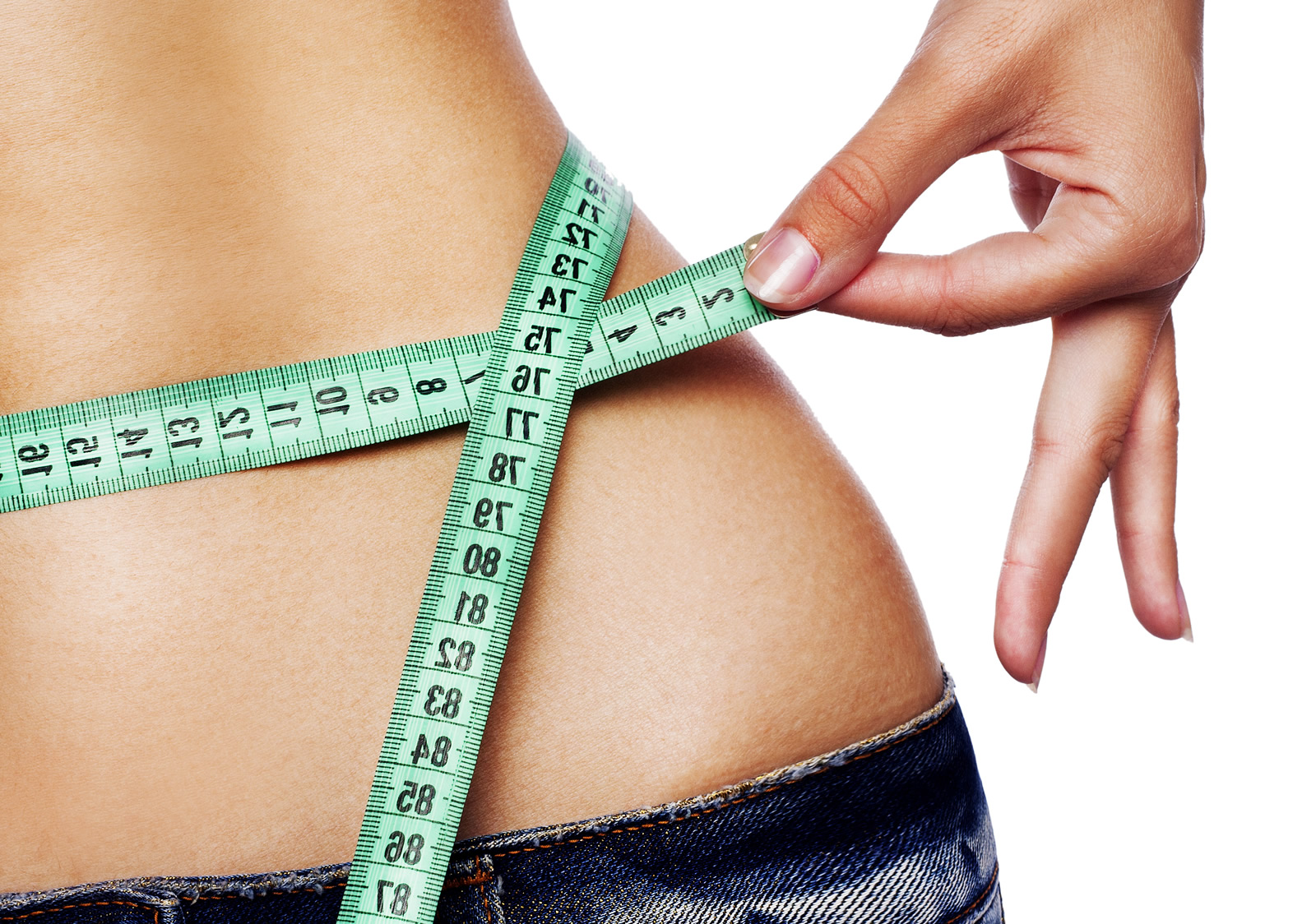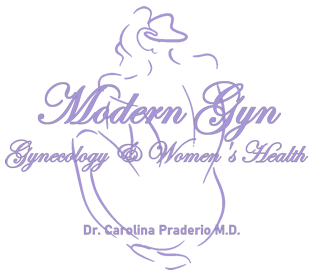One of the hardest parts about living a Healthy Lifestyle is probably not what you think. Sure, getting started is difficult, but if you are reading this, you’ve already checked that off your list. Your welcome brochure also gives you some ideas of what you could be eating. But in reality the hardest part of any lifestyle change is the change itself. Changing old habits is not easy, it is definitely possible.
If you have made the decision to change to a Healthy Lifestyle, you have already accepted that something needs to change. Whatever reason you chose to change your lifestyle, you now have to understand that the keyword is CHANGE.
How many of you grew up with your mom or dad insisting that you eat everything on your plate because, “there are so many starving children in [enter the country of your choice]?” This mentality was likely passed down to your parents by theirs and most likely by many generations before them. And you know what? Back before working at an office desk, sitting and watching TV or lounging around on the couch looking at your phone was a thing, the generations before us likely exerted many more calories than we do. We have to adapt to the CHANGES in our lives.
Once we reach our 30’s what most people don’t realize is that our bodies caloric needs begins to decrease. There is no warning or switch, but your body just starts to metabolize food a little less efficiently. If you are reading this, then you already know your BMR (Basal Metabolic Rate). This is the number of calories your body burns while at rest. I’ll leave the details of BMR for another post, but the point is to know your BMR in order to achieve your goals and know that your BMR when you were 30 is probably not the same as it is in your 40’s.
The hard part is getting your body used to the change. Your body is probably used to consuming 2000-3000 calories a day. Those calories are loaded with sugars, sodium and fat. If you are honest with yourself, can you estimate how many calories you have been feeding your body daily? Especially during these trying times, how many of you are eating take-out more often? How many times a week?
When you start your journey the doctor will prescribe you Enhance™ and/or phenteramine to help you with your cravings. Taking them a prescribed will help you get through the first few weeks. They will help make the change a little easier. But the biggest change is going to be at home. We always recommend cooking at home so you know exactly what you are eating. I know its hard with work, life and family, but you need to try hard to make this happen. Can you live a Healthy Lifestyle by only eating out? I’m sure its possible, it won’t be easy though. Try to train your mind and your body to incorporate more green vegetables and more complex carbohydrates into your meals. Find the foods that you like and incorporate them into a meal in as many ways as possible. Remember, life is not about eating…eating is about life.
Here is a little information that could help you should you need to eat outside of the home:
1) Our bodies want more of something because they get used to it. Have you ever noticed how foods for some reason just need a bit more salt. Always a bit more salt. Or if you sweeten your drinks it just doesn’t taste as sweet as it used to? Conversely, if you are used to drinking Diet Coke you just can’t switch to Coke Zero because it’s too sweet. If you’ve trained your body to regularly consume fast food or at popular restaurants, you’re likely accustomed to the high fat, high sodium and high sugar content. When you do this, its hard to make the food you cook at home be anywhere near appetizing.
2) The latest information shows that the average calories for a meal at a restaurant is 1500 (as of 2016). Most women don’t have a BMR anywhere near that number. If you are eating out, you are probably consuming way more calories than you think. Even when you try to eat healthy, it may not be healthy as you think. Look at this example from Chick-fil-A:
Grilled Chicken sandwich plain: 430 cals, 16g fat.
Small waffle Fries: 280 cals, 14 g fat
Side salad (no dressing): 160 cals, 10 g fat (dressing adds 310 cals)
Water
Even if you just eat the Grilled Chicken sandwich and the side salad with no dressing that 590 calories for 1 meal. Add the dressing and its 900 calories! That’s more than half of most of us should be eating. Remember to portion your food. You know what calories you have left in the day, Don’t be ashamed to portion your meal before the meal starts. Divide it by three if you have to. You can make the calories work.
3) Watch out for hidden calories! Don’t be afraid to ask the server or attendant what is in a recipe. One good example is Blackened Fish. You many think that because its not fried its going to be healthy. I found one recipe from Pappadeaux for their blackened catfish 554 calories and 38g of fat and 1230mg of sodium. Most restaurants have to ensure that their food is going to taste good for the masses. The best way to do that is butter and salt. Don’t hesitate to ask for nutritional information.

At the age of 42 I had my second child. I found myself with a beautiful baby girl and almost 40 lbs. to lose. I didn’t have to lose this because of my vanity, or because my husband wanted me to, or even because of societal pressures. I wanted to be healthy and have the energy to keep up with my two kids. I looked into the future knowing I would be an ‘older” mom and wanted to be healthy for as long as I could. I set a personal goal to lose 30 lbs.
When weighing my options (no pun intended) I thought about what diet I would choose. I had to look back at all of the diets I have tried in my life. I honestly think I’ve tried them all. I tried:
- Weight Watchers
- Keto
- Jenny Craig
- Low-carb
- No-carb
If I am being completely honest with you, I was able to lose weight with each of them. I lost 30 lbs. with Weight Watchers, 15 lbs. with Jenny Craig, and 25 lbs. with no-carb just to name a few. We each of these I did lose weight, but I kept asking myself the same question. Why did I have to try so many diets? Because between each diet I gained the weight back.
Sometimes I was tired of eating those tiny portions of pre-packaged meals, other times I really (REALLY!) wanted something sweet or even a glass of wine. Once my body was trained to run without these restricted items, the second I decided to indulge (even in moderation) I would start to put the weight back on. It just wasn’t very realistic. Sure I lost weight relatively fast and I felt good for the time being, but it didn’t feel good falling off the wagon just a little bit and losing what I worked so hard for.
I had to really dig deep and analyze each of these plans and think about what they had in common. I also had to look back at my medical training and really think about what makes us tick. While all of these diets have some sort of gimmick to make you lose weight fast, what they are really doing is applying the one basic concept of nutrition that everyone knows. You have to cut the calories if you are going to lose weight. It doesn’t matter what they tell you. IF you are eating 3000 calories a day, it doesn’t matter if it is all protein and no carbs, if your body is only burning 1200 calories per day, you are going to gain weight. PERIOD.

It's Simple
Consume less calories than you burn and you will lose weight.
n order to lose weight, you have to burn more calories than you consume. If you want to maintain, you have to burn as many as you consume. When it comes to burning calories all these plans tout the value of their diet and their plan and they love to show you all of these success stories. What they don’t tell you is that these success stories are possible because the people are burning more calories that consume. Most likely they are doing this by exercising regularly or at least increasing their activity level over what it was before and consuming LESS calories overall.
Lastly, I had to think about my training and realize that our bodies are like machines. They were built a certain way and they were meant to run a certain way. To be healthy and run efficiently, our bodies need protein, carbohydrates (YES, I said CARBS) and fat (YEP…that too). I could trick my body into running without the fat and the carbs, but that is not the healthiest or the most sustainable approach. Our bodies also crave certain foods. Some believe that you crave what your body needs and eliminating an entire food groups is a recipe for failure. If you starve your body of carbs completely, as time goes on, that bowl of rice is going to be harder and harder to resist.
Thinking about the importance of calorie intake, exercise and long-term success, I set about to put together a plan that I could make work. Something that I could make work with my busy lifestyle and that I knew I could live with the rest of my life.
That’s why I created the Healthy Lifestyle Plan. I knew I needed to better understand my bodies needs and to find a plan that would allow me to eat what I want, in moderation of course Whether its indulging in that glass of wine or enjoying a frozen yogurt, I needed to able to allow myself to eat freely.
With the Healthy Lifestyle Plan, we want to teach you to understand the caloric costs of the foods you consume and their nutritional value. How to plan your day so you are not stuck eating high caloric, nutrient poor choices. I chose to finally get off the diet merry go round. Let’s do this together.
This was my journey. I would love to hear about yours. Please tell us about your journey in the comments section. We love to hear what has worked and what hasn’t.

Recent Comments